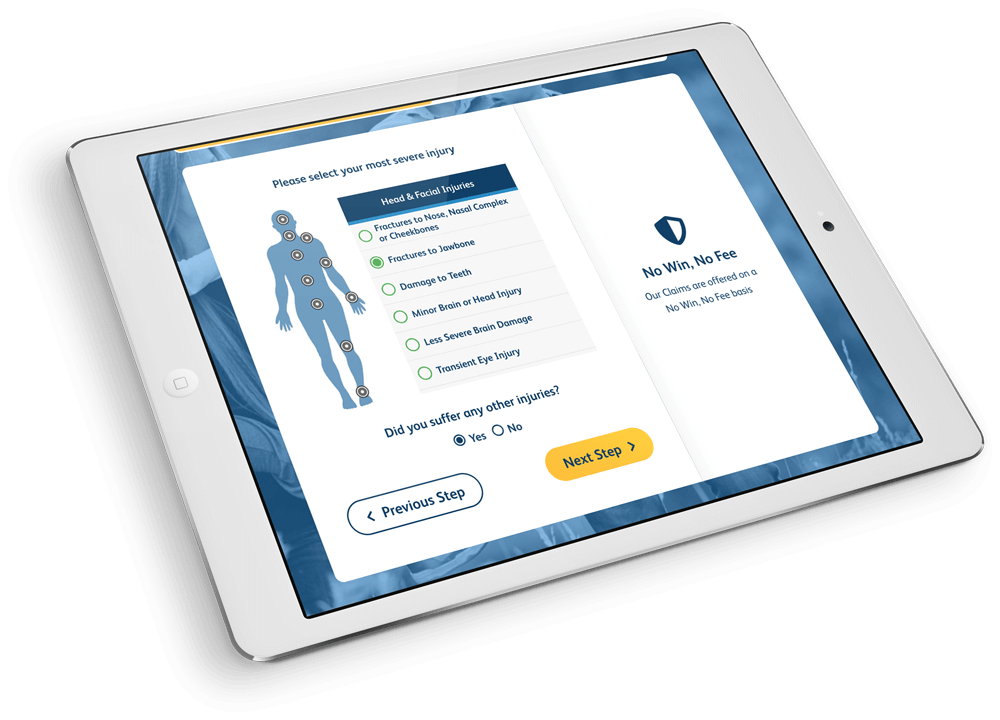Government pledge to improve Smart Motorways
The building of the first smart motorway began in 2006, but with over 38 deaths in the last five years attributed to the model, questions have been raised over how ‘smart’ they actually are.
WHAT IS A SMART MOTORWAY?
Smart motorways are used to improve the flow of traffic through the most congested parts of the motorway network. Implemented by Highways England as a workaround to building additional lanes which would have a huge environmental impact and take time and money to develop. Smart motorways work by using the hard shoulder as an extra lane and using active signs to monitor and change speed limits depending on traffic levels.
There are currently 20 stretches of smart motorways covering over 400 miles, primarily across England.
WHAT IMPACT ARE SMART MOTORWAYS HAVING?
Smart motorways are helping to manage congestion on motorways, with Highways England reporting a drop in journey time on the M25. However, the impact on deaths and incidents is most concerning. Aside from the 38 reported deaths on smart motorways in the last five years, there has also been a drastic increase in “near misses”. A near miss is counted every time there is an accident with “the potential to cause injury or ill health”.
One stretch of the M25, outside London, has seen a four-fold increase in near misses. In the five years before the road was converted into a smart motorway there were just 72 near misses. In the five years after, there were 1,485.
WHY AREN’T SMART MOTORWAYS WORKING?
When smart motorways were first piloted in Birmingham, there were safe stopping points for motorists, called emergency lay-bys, every 600 metres. Sir Mike Penning, former Transport Governor approved the expansion of the scheme. However, when the scheme was expanded, emergency lay-bys were placed up to 2.5 miles apart.
In March 2020, following an inquest into the death of a young boy caused by a smart motorway, Transport Secretary, Grant Shapps with the government released new recommendations to help make smart motorways safer, whilst still allowing them to manage increased traffic.
By 2025, the government have proposed a number of changes, to effectively improve Smart Motorways. These include:
- Abolishing dynamic hard shoulders.
- An increase in emergency lay-bys, with the maximum distance between them placed as one mile
- Speeding up the deployment of technology to detect ‘stopped vehicles’.
- More traffic signs giving the distance to the next place to stop in an emergency, as well as increased visibility of emergency hard shoulders
- £5m to a communications campaign to increase awareness of how smart motorways work
Motoring organisations said the moves were a ‘victory for common sense and safety’.
Grant Shapps said he had been “greatly concerned by a number of deaths on smart motorways, and moved by the accounts of families who’ve lost loved ones in these tragic incidents’’.
Meanwhile, motoring organisations such as the RAC still aren’t satisfied. According to independent research, two thirds of drivers believe permanently removing the hard shoulder compromises safety in the event of a breakdown. One area not covered by the Government review is the impact of red X gantry signage. In 2019, RAC found that 23% had ignored the red X sign indicating a closed lane. While fines are now in place to those who ignore these signs, there is little discourse on the life or death impact of these signs. Clearly more needs to be done to communicate the role of this signage.
Niamh Wilson, Head of Personal Injury at Hampson Hughes welcomed the government changes but remained sceptical on the use of smart motorways: “There’s no denying there are clear faults with smart motorways in their current form. With no real place for vehicles to stop when they suffer a breakdown, they are left stranded in live lanes. With some of the busiest motorways being used as smart motorways, we need to address this issue quickly and efficiently to prevent further serious incidents.
While we support a need for technology focussed on detection of stranded vehicles, when looking at historic cases of incidents, victims are impacted in mere seconds, so looking to increase detection time will never have 100% success rate. As such, greater emphasis needs to be put on installing more emergency refuge spots for drivers to pull into should they need it.
Further to that, we welcome a strong and targeted communications campaign. There are increasing statistics highlighting a lack of awareness among motorists. Smart motorway rules need to be clearly explained and when driving on one, it needs to highly identifiable so that drivers can react quickly.
We welcome these changes and we hope we see a significant decrease in serious incidents on Britain’s roads. Until that happens, the government needs to listen to motorists and large motoring organisations like RAC and AA for their vital audience insight.”





